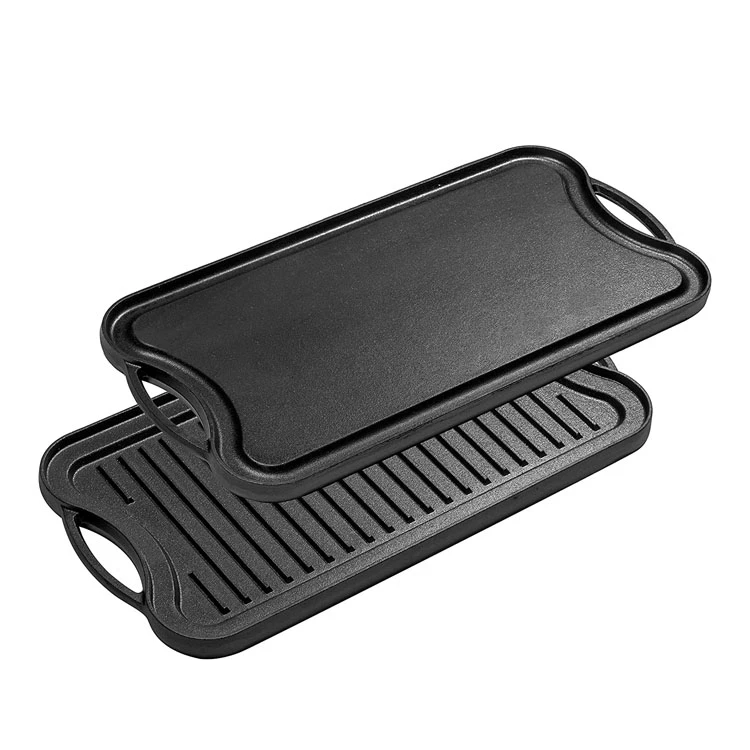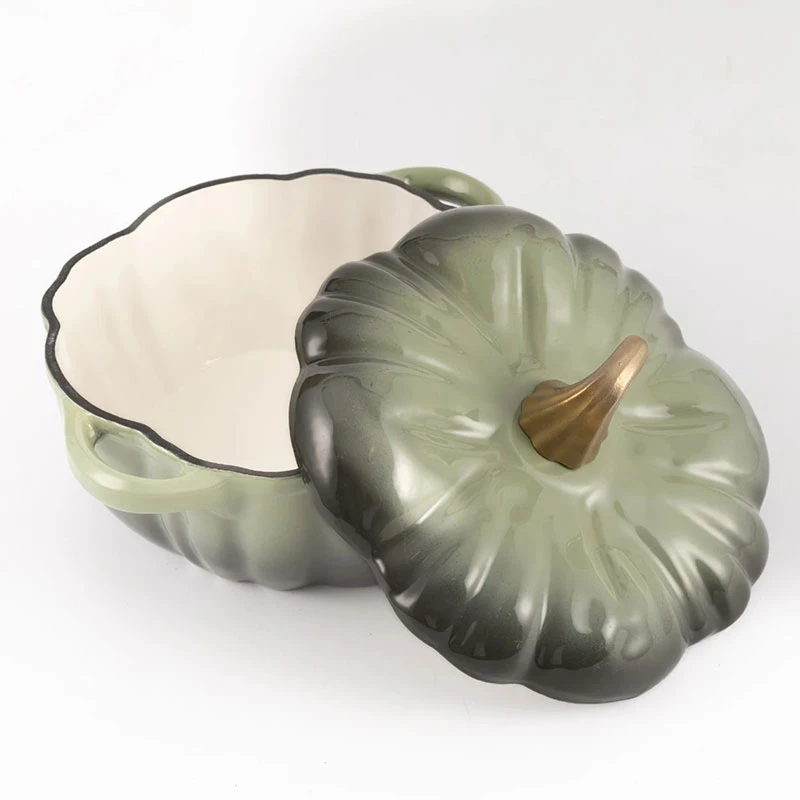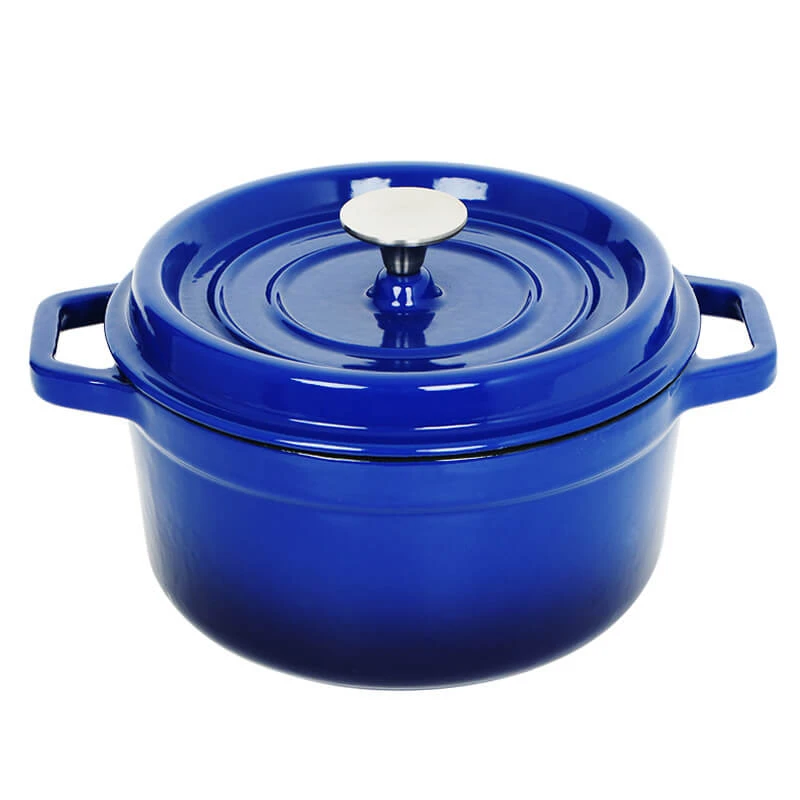
How to Restore Enamel Coating on a Cast Iron Pot Effectively
Can You Re-Enamel a Cast Iron Pot?
Cast iron cookware is celebrated for its excellent heat retention and even cooking capabilities. However, over time, even the best-maintained cast iron pots can suffer from wear and tear, particularly on their enamel coating. Many enthusiasts wonder, “Can you re-enamel a cast iron pot?” This article explores the possibilities, the processes involved, and whether it’s worth the effort.
Understanding Enamel Coating
Enamel is a glass-like coating that is fused to the cast iron surface at high temperatures. This layering not only gives the cookware a beautiful, glossy finish but also prevents rust and makes for easier cleaning compared to bare cast iron. However, enamel can chip and wear away, exposing the cast iron beneath and potentially leading to rust.
Signs Your Enamel Needs Attention
Before delving into the options for restoration, it’s important to identify the signs of damage. Look for - Chips or cracks in the enamel - Uneven coloring or discoloration - Rust appearing on the bare cast iron areas
If you notice any of these issues, it might be time to consider your repair options
.Can You Re-Enamel?
can you re enamel a cast iron pot

The short answer is yes, you can re-enamel a cast iron pot, but it is not a straightforward task. Professional re-enameling services can be found, and they typically involve several steps to strip old enamel, prepare the surface, and apply new enamel. However, this service can be costly and may not be worth it for all types of cookware.
Alternatively, some DIY enthusiasts take on the challenge of re-enameling at home. This involves sandblasting or grinding off the old enamel, cleaning the cast iron thoroughly, and then applying a new layer of enamel paint specifically designed for use on cookware. While this method can be less expensive, it requires considerable skill and patience. Moreover, the end result may not always match the original factory finish.
The Risks of DIY Enameling
While re-enameling may seem like a fun project, DIY processes come with risks. The temperature required to properly bond enamel to cast iron usually ranges around 1,600°F (870°C). Most home ovens cannot reach such high temperatures, leading to inconsistent results. Additionally, if not done correctly, the pot can end up with an uneven surface or, worse, can be damaged beyond repair.
Caring for Your Enamel Cookware
To prolong the life of your enamel-coated cast iron, proper care is essential. Avoid using metal utensils that can scratch the surface and opt for silicone or wood instead. While enamel is dishwasher safe, hand washing is often recommended to maintain the integrity of the surface. Be cautious with drastic temperature changes; for example, placing a hot pot directly into cold water can cause thermal shock and cracking.
Conclusion
In conclusion, while re-enameling a cast iron pot is possible, it requires careful consideration and may not always yield satisfactory results when compared to professional services. If your pot is a valuable piece, either sentimentally or financially, investing in a professional re-enameling service may be the best route. For those willing to embark on a DIY project, it’s vital to research and understand the risks, skills, and materials needed. Ultimately, the most effective way to ensure your cast iron cookware lasts a lifetime is by practicing excellent maintenance and care. Whether you choose to restore your beloved pot or simply retire it to decorative duties, remember that a well-cared-for cast iron piece will serve you for many years in the kitchen.
-
Authentic Traditional Chinese Wok for High-Performance CookingNewsAug.02,2025
-
Season Cast Iron Perfectly with GPT-4 Turbo TipsNewsAug.01,2025
-
High Quality Cast Iron Cookware - Baixiang County Zhongda MachineryNewsAug.01,2025
-
Premium Cast Iron Pan: Durable & Perfect HeatNewsAug.01,2025
-
High Quality Kitchen Durable Black Round Cast Iron Cookware Pancake Crepe Pan-Baixiang County Zhongda Machinery Manufacturing Co., Ltd.NewsAug.01,2025
-
Cast Iron Cookware - Baixiang County Zhongda Machinery | Nonstick, Heat ResistanceNewsAug.01,2025


